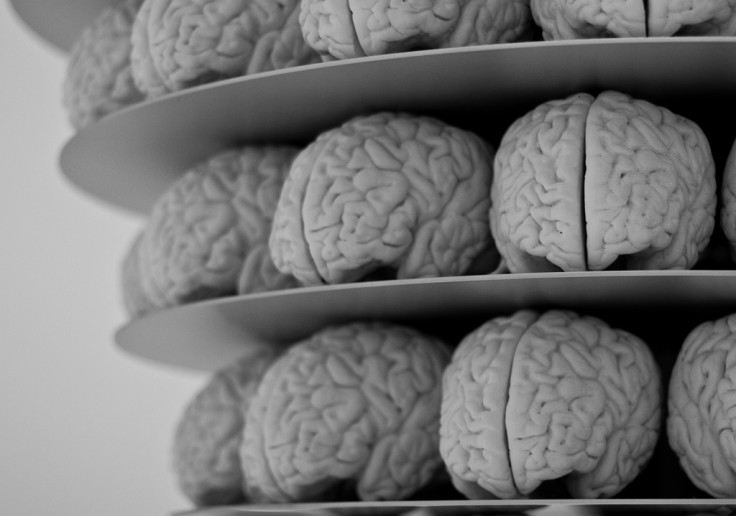Our brain 'slacken' as we age - and this could improve Alzheimer's disease diagnosis
Measuring cortical tension in the human brain could serve as a potential new tool to diagnose diseases.

As we age, it is not just our skin which loses firmness and elasticity – cortical tension in our brains may also decrease too. This phenomenon is more pronounced in Alzheimer's disease patients, and potentially in people suffering from other types of brain diseases.
Just like the brain of other mammals, the human brain presents a number of grooves and folds all over its surface – this gives it the appearance of walnut.
Scientists have long struggled to measure this folding in a consistent way. the In a recent study published in the Proceedings of the National Academy of Science, researchers from Newcastle University have mapped brain folding and investigated how it evolves over time.
With colleagues from the Federal University of Rio de Janeiro, they have studied changes in brain folding which has allowed them to measure tension on the cerebral cortex – the outer layer of neural tissue in the brain. They have discovered that this tension appears to decrease as people advance in age – causing it to "slack".
Decreased tension in Alzheimer's
Previously, research had indicated that folding of the cortex across mammalian species follows a universal law – in other words the cortex of all mammals fold in the same way, regardless of the size and thickness of their brains. However, this law had not been proven for humans.
Here, studying the brains of more than 1,000 people aged between 4 and 96 years old, the scientists were able to map human brain folding in detail and showed its similarity to that of other mammals. "The folding of the cortex across mammalian species follows a universal law and what we have done in this study is show that it holds true for humans as well. This is not always the case, other aspects that are identified in all mammals are not always found in humans", lead author Dr Yujiang Wang told IBTimes UK.
It is not surprising that size and thickness of the cortex changes with age. What is new is that the scientists have succeeded in combining data about size and thickness into a single measure of folding in order to compare between genders, age groups and disease states in humans.

The oldest people were, the more likely they were to present a decrease in cortical tension. This was especially the case for people with Alzheimer's disease. For them, the decrease in tension even appeared to occur earlier than they peers.
With more research, changes in folding could in the future be used as an early indicator of disease. The team also believes the findings could be applied in the context of other brain diseases, to diagnose them more efficiently.
"At the moment we have noticed a more significant decrease in cortical tension among people with Alzheimer's disease, a tension that appears earlier in life. Now, we hope that we can do this analysis more thoroughly with other brain diseases to show if reduced tension in the brain is a sign of these conditions", concludes Wang.
© Copyright IBTimes 2024. All rights reserved.






